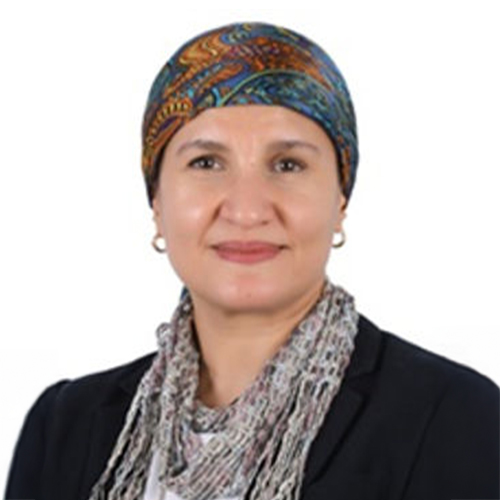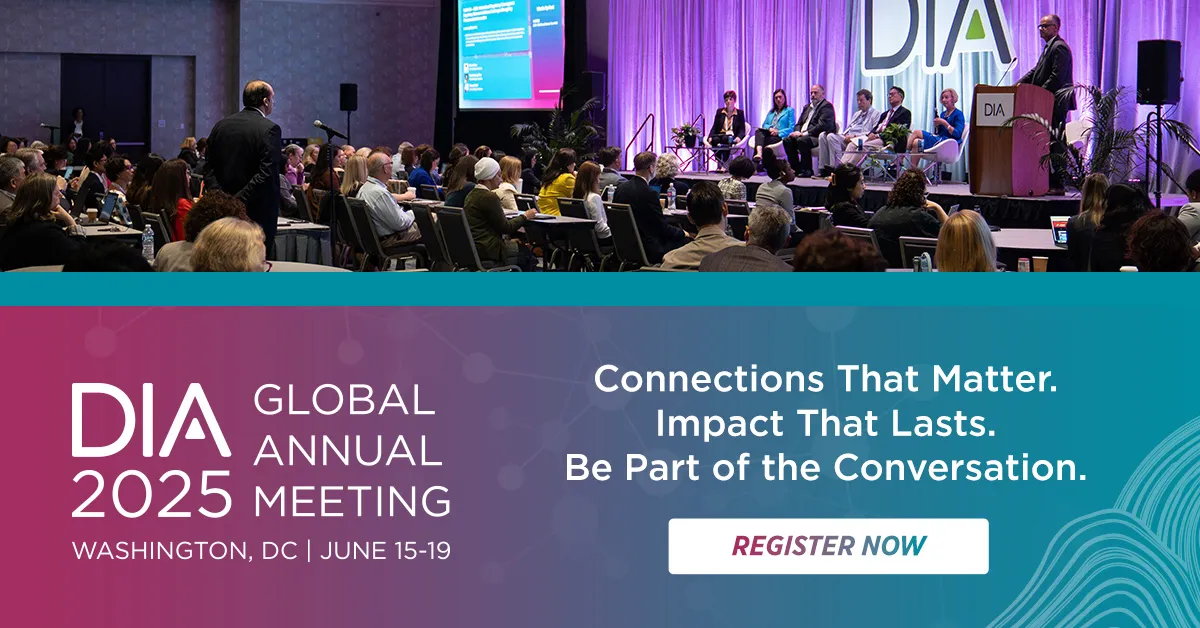- COMMENTARY
- Developing Drugs for Rare Diseases: A New Approach to Generating Clinical Evidence
- FEATURE ARTICLES
- Generalized Cost-Effectiveness Analysis (GCEA) Framework to Assess the Value of Innovative Therapies
- Regulatory Opportunities for Decentralized Clinical Trials: Insights from the SHASTA Project
- PERSPECTIVES
-
Point
Unearthing the FDA’s Treasure Trove: Using AI to Revolutionize Drug Development
-
COUNTERPOINT
Artificial Intelligence and Regulatory Realities in Drug Development: A Pragmatic View
-
Point
Change in Site Ownership May Impact Clinical Trial Operations
-
COUNTERPOINT
Changes in Site Ownership Will Positively Impact Clinical Trial Operations
- AROUND THE GLOBE
- Informed Consent in West Africa: Bridging Regulatory Compliance and Cultural Diversity
- Optimizing ASEAN Joint Assessment
Lessons from a Multistakeholder Pilot
- Nonanimal Models for Preclinical Safety and Efficacy Workshops in Australia
Can They Provide the Assurance Necessary to Support First-in-Human Clinical Trials?
- A Framework for Improving Maternity Healthcare in the US (and Elsewhere)
- WE ARE DIA
- DIA Congratulates Our EMEA 2025 Regional Inspire Award Winners
Subscribe
Editorial Board
Content stream editors
Gary Kelloff US National Institutes of Health
Ilan Kirsch Adaptive Biotechnologies Corp.
regulatory science
Isaac Rodriguez-Chavez 4Biosolutions Consulting
Patient engagement
Stacy Hurt Parexel
Richie Kahn Canary Advisors
Data and Digital
Lisa Barbadora Barbadora Ink
VALUE AND ACCESS
Wyatt Gotbetter Cytel, Inc.
Editorial Staff
Sandra Blumenrath, Senior Scientific Project Manager & Executive Editor, Scientific Publications DIA Scientific Communications
Chris M. Slawecki, Managing Editor, Global Forum DIA Scientific Communications
Linda Felaco, Copy Editor and Proofreader
Regional Editors
Helene Sou Takeda
AUSTRALIA/NEW ZEALAND
Richard Day University of New South Wales, Medicine, St. Vincent’s Hospital
CHINA
Li Wang Eli Lilly China
EUROPE
Emma Du Four Independent R&D/Regulatory Policy Professional
Isabelle Stoeckert Independent Regulatory Science Expert
INDIA
J. Vijay Venkatraman Oviya MedSafe
JAPAN
Toshiyoshi Tominaga SunFlare
LATIN AMERICA
Cammilla Gomes Roche
US
Ebony Dashiell-Aje BioMarin
DIA Membership
Bringing together stakeholders for the betterment of global health care.
Former Director, Center for Drug Evaluation and Research (CDER), US FDA

ifty years of investment in biomedical research have revolutionized our understanding of human disease. No longer are many illnesses baffling tragedies that simply defy explanation. Particularly for rare diseases, we now can learn the molecular basis of the pathology and devise potential treatments and cures. Academic laboratories have identified the genetic and biochemical basis of hundreds of rare diseases and proposed treatments, bringing hope to millions of sufferers and their families.
RA Capital Management L.P.
ccelerating scientific discoveries are reshaping our understanding of diseases and driving therapeutic innovation. A more comprehensive and unbiased assessment of the societal value of these advances is needed to ensure more informed healthcare decision-making.
Genentech, A Member of the Roche Group
linical trials generate evidence that ultimately defines the safety and efficacy of a new medical product. The evidence is then evaluated and approved by a regulatory agency before it is launched commercially. As stakeholders in the pharmaceutical industry, we recognize that clinical trials have been becoming increasingly costly and time-consuming. Therefore, we need tangible solutions to help trials become quicker, more cost-efficient, and sustainable while supporting inclusivity of all populations.
1DaySooner.org
n the race to bring life-saving medications to patients, time is often the ultimate hurdle. Drug development remains a labyrinth of financial and logistical challenges, with clinical trials requiring years of effort and billions of dollars in investment. Despite the swathes of data collected during clinical trials, much of this valuable information is hidden behind the closed doors of the US Food and Drug Administration (FDA), accessible only to regulators.
4Biosolutions Consulting
rtificial intelligence’s (AI) potential to accelerate drug development by leveraging data sets for better trial outcomes and faster therapy delivery is clear. However, realizing this vision faces complexities in the regulatory, intellectual property (IP), and patient privacy landscapes. Balancing innovation with data confidentiality, IP rights, and patient autonomy is key, alongside addressing algorithmic bias with transparency and accountability measures such as explainable AI (XAI).
Kulkarni Law Firm
rivate equity (PE) investors poured billions into healthcare investments in 2022 and 2023. However, they slowed down their pace in 2024 since the FTC (US Federal Trade Commission) has increased its interest in healthcare-related mergers and acquisitions. Such investors who previously primarily bought doctor’s offices or pharmaceutical companies are now diverting their attention to clinical trial sites. However, these changes pose unexpected complications for clinical trial sponsors and their relationships with clinical trial sites.
Association of MultiSite Research Corporations (AMRC)
he idea that changes in site ownership may disrupt clinical trial operations does not fully reflect how modern clinical research organizations operate. The piece Changes of Site Ownership May Impact Clinical Trial Operations, published in this issue of Global Forum, suggests that acquisitions of independent sites lead to operational instability. However, this perspective overlooks the structured processes and safeguards in place within multisite research organizations to ensure continuity and efficiency in clinical trials.
Likak Research & TCIS Africa
Clinique Research & TCIS Africa
AMEDRA & TCIS Africa
4Biosolutions Consulting, DIA Global Forum, & TCIS Africa
est Africa is increasingly recognized as a valuable and promising region for clinical trials, offering genetically diverse populations. Examples of this genetic diversity include: 1) Sickle cell trait adaptation: The HbS mutation in the β-globin gene shows varying frequencies across West African populations, reflecting diverse malaria exposure patterns; 2) Bangande genetic isolation: The Bangande people, speakers of the Bangime language isolate in Central-Eastern Mali, show genetic isolation from surrounding populations, with an estimated mean time of divergence of 9,900 years ago; and 3) HbC trait distribution: The HbC trait, a relatively recent mutation limited to West Africa, occurs at high frequencies (>20%) in central Ghana and Burkina Faso. These populations are crucial for addressing global health needs, as they allow researchers to study diseases with varying genetic predispositions and treatment responses. Addressing health disparities and developing treatments tailored to specific populations requires diverse participation in clinical research, ensuring that medical advancements benefit all communities. However, the region’s unique linguistic and cultural landscape presents significant challenges to the informed consent process, a cornerstone of ethical research.
he Association of Southeast Asian Nations (ASEAN) Joint Assessment (ASEAN JA) is a collaborative procedure that is open to all 10 ASEAN National Regulatory Authorities (NRAs) on a voluntary basis. The ASEAN JA framework, which was developed by the ASEAN Joint Assessment Coordinating Group (JACG), started with a pilot joint assessment product in July 2017 with support and technical advice from the World Health Organization (WHO). Our experience with ASEAN JA shows that it is a promising pathway which fosters cooperation and harmonization within the region while making the best use of available resources and reducing duplication of work. The procedure was more efficient when compared to the national standard pathways; however, it took longer than the NRAs’ national facilitated or reliance pathways; as a result, improvement is still needed to incentivize the use of this pathway.
Bellberry Limited
University of Sydney, Australia
Monash University, Australia
University of Melbourne, Australia
here is increasing global momentum to use nonanimal models (NAMs, also known as Novel Approach Methods) in pre-clinical drug development. Because they are attractive in principle and for practical and ethical reasons, the important questions and challenges they present must be addressed systematically and dispassionately. This worthwhile effort is now underway in earnest.
2019 report published in Harvard Public Health Magazine leads with a striking title: “America is Failing its Black Mothers.” The article focused on how decades of high rates of maternal mortality and morbidity in the African-American community have contributed to disparities in birth outcomes. It called for policy makers and clinicians to pay more attention to this devastation on birthing persons and their families, regardless of race/culture, education level, geographic location, age, access to healthcare, or other social determinants of health. What is clear is that this disparate impact is not indiscriminate.
Our 2025 EMEA Regional Inspire Award Winners

Samvel Azatyan
World Health Organization (WHO)

ICH: International Council for Harmonisation of Technical Requirements for Pharmaceuticals for Human Use

Elspeth McIntosh
Castle Pharmacovigilance Ltd.

Max Wegner
Bayer AG

Niklas Hedberg
Dental and Pharmaceutical Benefits Agency, TLV (Sweden)

Falk Ehmann
European Medicines Agency (EMA)

Catherine Al Ashram
Organon

Shahinaz Badr
Pharma Quality Europe





